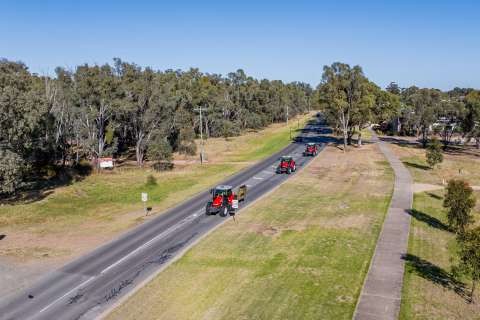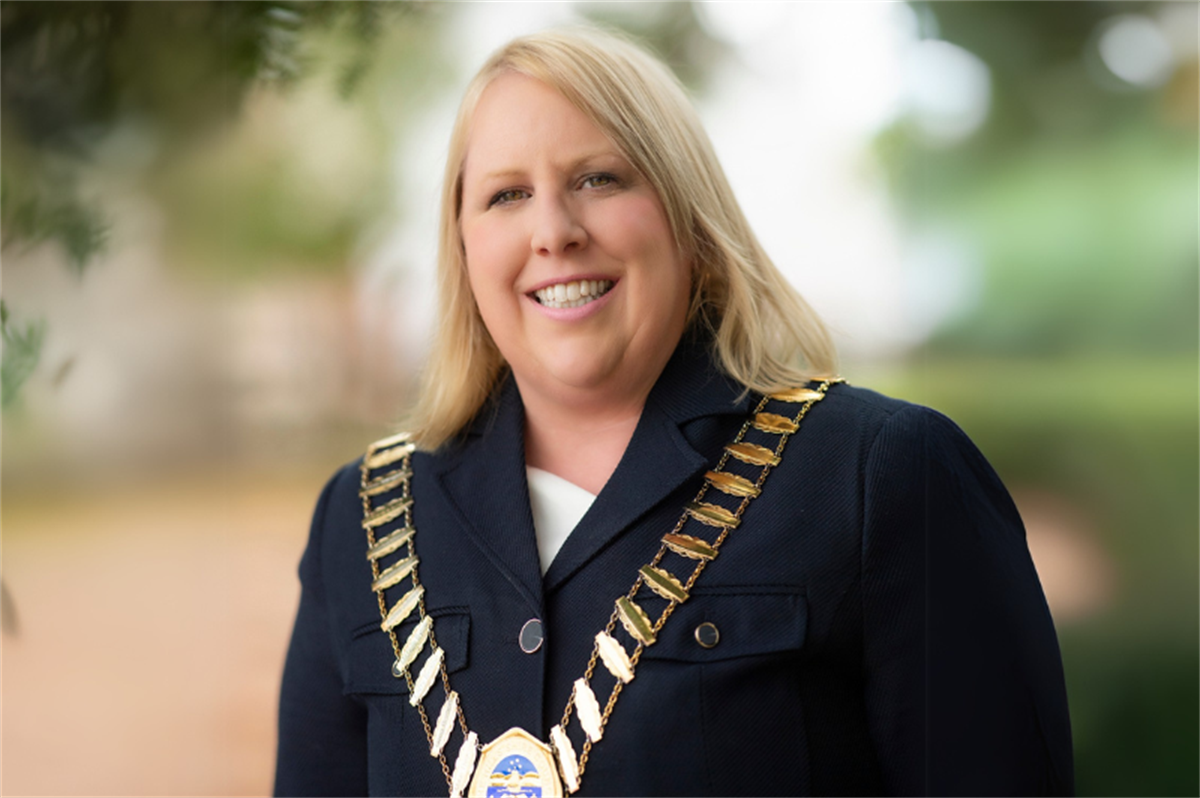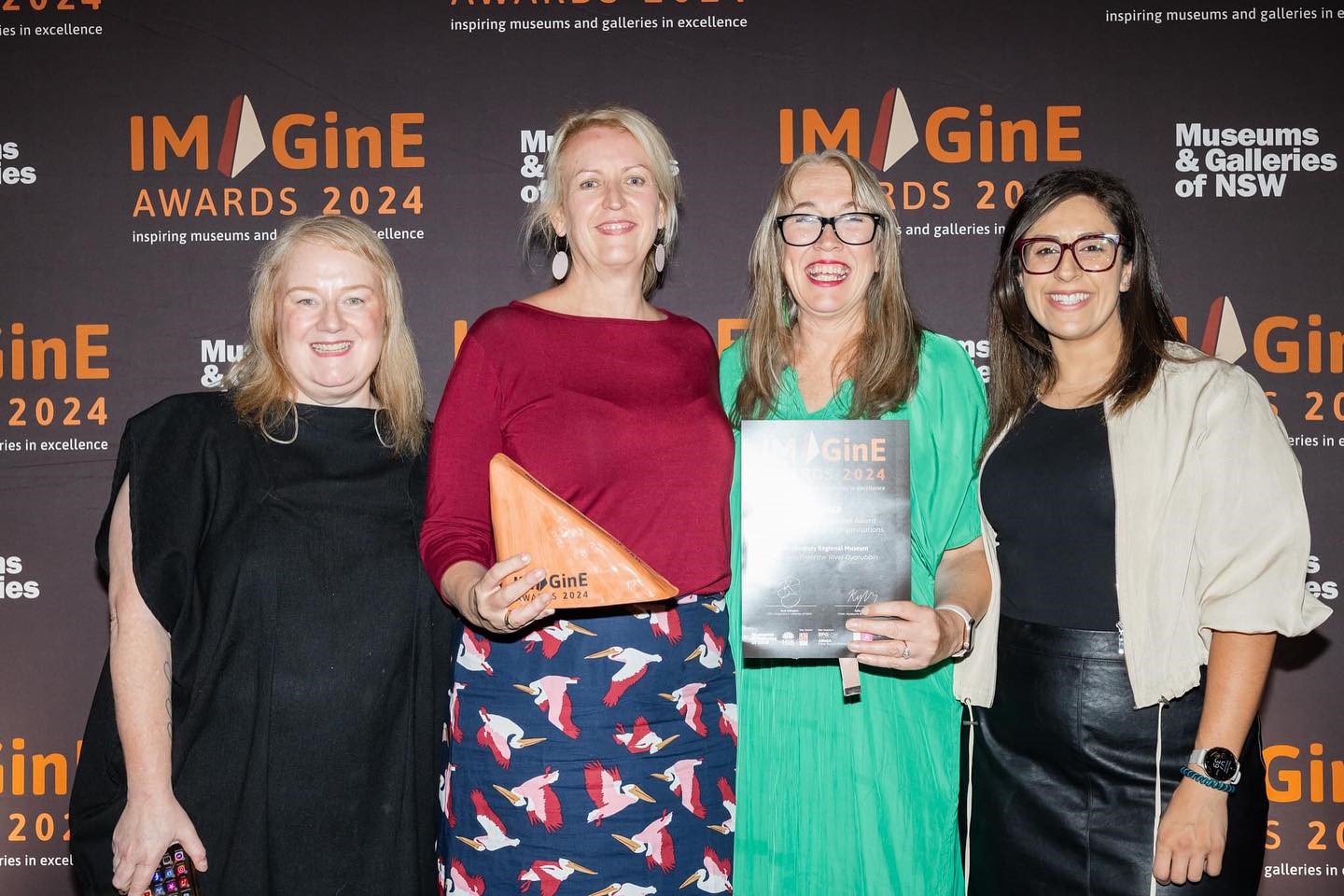A dramatic shift in our healthcare occurred in 2020 as we rolled out telehealth to respond to lockdowns during the COVID-19 pandemic.
‘Half of people consulting their GP used telehealth at least once during 2020,’ says Professor Rosemary Korda from the Australian ³Ô¹ÏÍøÕ¾ University.
‘The good news is that GP services were largely maintained at normal rates.’
Telehealth is here to stay
After COVID-19 lockdowns ended, the government made Medicare payments for telehealth permanent and people continued to use it.
‘In 2022 just over half of the population used telehealth for GP services,’ Rosemary says. ‘This made up 23% of GP consultations.’
Is telehealth good quality care?
The Australian Government says GPs can only give telehealth consultations when it is safe and clinically appropriate, and videoconferencing is preferred.
But Rosemary’s research team found less than 5% of patients used video in 2022. More than 9 out of 10 consultations were audio only.
‘The government has the view that video telehealth offers better quality care,’ Rosemary says. ‘So the high use of audio over video has been a big concern.’
To address this issue, the government removed Medicare payments to GPs for most longer audio telehealth consultations. This applies unless patients live in remote or very remote areas. From November, longer audio telehealth consultations will only be available for patients registered with MyMedicare.
For other patients, ‘if you have a longer consult that has to be by video or face-to-face,’ Rosemary explains.
However, to date these changes produced ‘relatively modest and unsustained increases in the use of video consultations. There hasn’t been a huge appetite to use video telehealth.
‘Nevertheless, preliminary findings on quality of care under telehealth using a range of measures, such as continuity of care, are positive,’ Rosemary concludes.
How do GPs ensure telehealth is safe?
To find out how GPs view safety in video and audio telehealth, Professor Christine Phillips is interviewing GPs. Christine is a GP from the ANU College of Health and Medicine.
‘We asked GPs what they would do in complex cases. For example, what if an elderly man whose wife has dementia collapsed while speaking to them by video telehealth? GPs said in situations like this they would find a way to have a face-to-face consultation.
‘GPs pay attention to protecting a patient’s safety when using telehealth but they don’t see video as the solution for safety,’ Christine says.
‘The issue of safety is about whether the concerns raised at the consultation are fit for management through a remote consultation. When safety is an issue, face to face trumps remote.’
Audio telehealth is often fit for purpose
On the other hand, ‘audio can be fine even for long consultations with a known person,’ Christine adds.
‘If I was talking to a patient with diabetes about changing their insulin dose, I don’t have to see them. I know that person well enough to have this exchange of information by phone.
‘So there is always going to be a place for audio consultations. Audio is the simplest form of remote consultation. The entire country is set up for audio and there are times when it is fit for purpose.
‘Change is happening and it’s going to continue to change,’ Christine sums up. ‘Telehealth lets patients access the GP in any setting. They haven’t had that kind of choice before. The discussion about how to be safe in that environment is going to be part of the evolution of telehealth.’
New ways of linking data give us a better picture of telehealth
Rosemary and Christine are using new ways of linking data to give us a better picture of telehealth.
They use deidentified data from the Multi-Agency Data Integration Project (MADIP) at the Australian Bureau of Statistics. This data includes linked Medicare and census information.
‘For example, now we can look at how Medicare data relates to household income and education levels. You get a much better idea of where there are inequalities in health care,’ Rosemary tells us.
Not everyone uses telehealth
Using linked data from MADIP, Rosemary found some groups with greater health needs use less telehealth. These groups include:
- children under 14
- older people
- males
- people living in regional or remote areas
- people with low education and low income
- people with limited English proficiency.
‘This highlights the risk that some groups may be missing out on care,’ Rosemary tells us. ‘We can use this data to get policy settings right so telehealth can be viable, good-quality care for all patients.
Real-time data feedback
‘We are working on giving real-time data feedback to policy makers to help optimise the system going forward.
‘I am proud of the progress we’ve made in using linked data to answer policy-relevant questions to address gaps in evidence,’ Rosemary says. ‘This work has blossomed which has been very satisfying.’
The research study ‘Optimising primary healthcare in Australia: multi-method whole-of-population investigation of the impact of telehealth on uptake and quality of care’ is supported by $1.5 million from the MRFF.







